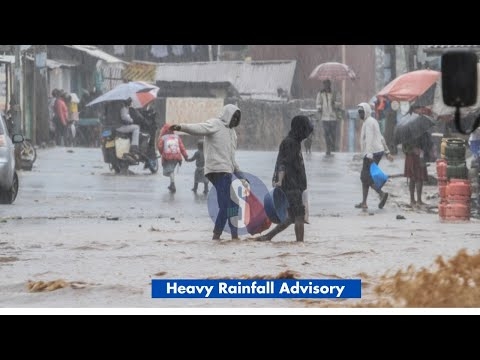Detectives are pursuing the possibility that an electric fault triggered the dormitory fire at Hillside Endarasha Academy in Nyeri County killing 21 pupils even as Kenya Power on Tuesday ruled out a power surge as the cause.
The company said its team in Nyeri switched off the power supply to the school as a precaution soon after reports of the inferno at the privately owned institution reached its office.
“Based on the findings of the preliminary analysis of our protection system, from the meter box to the substation where the medium voltage line serving the school emanates from, we have ascertained there was no link between the cause of the fire and any fault on our network as alleged in sections of media reports,” Kenya Power said.
The section where the fire started on the night of September 5 had 48 pupils sleeping in 24 double-decker beds, 12 beds lined up on either side.
The dormitory housed Grade 5 to Grade 8 pupils.
Survivors said a bulb at the entrance exploded and the sparks landed on a mattress and ignited a fire which then spread fast.
But even as sleuths pursue the electric fault theory and work to establish whether the building met structural safety measures, the tragedy evokes memories of past fatal dorm fires which investigations established were outright cases of arson.
Over the past two decades, more than 100 learners have lost their lives tragically through school fires with investigations pointing to students as the usual culprits.
A ‘Rapid Assessment of Arsons in Secondary Schools’ survey released in 2017 by the National Crime Research Centre cited exam-related anxiety, schoolwork load, peer pressure, highhandedness and lack of guidance and counselling as key motivators that pushed learners to arson.
A previous study published in October 2014 by the Oxford University Press found that the fires were fueled by students’ recognition that collective destructive behaviour was effective in prompting desirable responses from school authorities to their grievances.
“The use of arson by students reflects what this generation has learned about how protests and politics work in Kenya,” the report dubbed ‘Students, Arson, and Protest Politics in Kenya’ said in part.
NCRC’s rapid assessment report was conducted on the backdrop of a wave of deadly school fires with the Ministry of Education having documented 130 arson cases across the country between July and August 2016.
The study found that the arson cases were all well-planned and coordinated.
"This is because the burnings occurred with no loss of human life and serious injuries unlike past student strikes and arson attacks that were characterised by massive loss of human lives, grave injuries and destruction of property," the report said.
Until this phenomenon, the country had years back witnessed a series of deadly fires, the first coming in 1999 when four senior prefects at Nyeri High School were locked in a dormitory cubicle by fellow students and set ablaze. They were all burnt beyond recognition.
Investigations established that the culprits were current students at the school who had been suspended on account of the prefects’ testimony and had sneaked back into the school on a revenge mission.
First forward to 2001, Kenya witnessed perhaps its worst school fire after 67 boys at the Kyanguli Secondary School in Machakos died in a dormitory blaze.
Two 16-year-old boys were arrested and charged with murder for their actions reportedly catalysed by a hostile teacher-student relationship and cancellation of the previous year’s national examination results which they blamed on the school management.
As recently as March 2017, 10 girls perished in a dormitory fire at the Moi Girls High School in Nairobi.
Investigators found that a 14-year-old girl was responsible for the fire; ostensibly in frustration after pleas to her parents to be transferred to another school fell on deaf ears.
The disheartening part about the series of tragic events is the rarity of convictions for those found culpable.
Save for the Moi Girls case where the girl was handed a five-year jail term for manslaughter, and the Nyeri incident where a suspect was convicted and jailed for life, all the others ended with nothing much beyond a trial of either students or school management.
In the Kyanguli incident, the case was declared a mistrial in 2006 and dismissed after a judge who handled it at its initial stages was implicated in corruption.
Many more fire incidents have occurred in the country since then, some as recently as these past two weeks.
A human hand has been cited as the cause in some of the cases.
As detectives continue their investigations into the Hillside tragedy, it remains to be seen whether this was a case of accidental fire as alluded to by learners, negligence on the part of school management or the actions of an evil human hand at play.
“I instruct relevant authorities to thoroughly investigate this horrific incident. Those responsible will be held to account,” President William Ruto said in a statement on X on September 6.
The process of DNA identification of the remains of the 21 innocent boys who perished in the fire started on Monday at the Naromoru Level 4 hospital.









![[PHOTOS] Council of Governors visits Raila's grave](/_next/image?url=https%3A%2F%2Fcdn.radioafrica.digital%2Fimage%2F2025%2F10%2F59c8111a-6f0d-4719-8587-7e965c4bdd34.jpg&w=3840&q=100)


